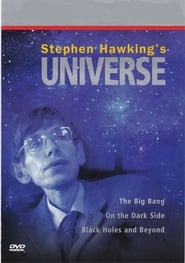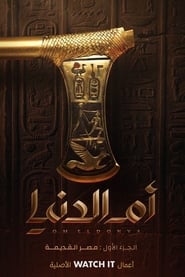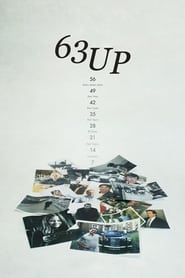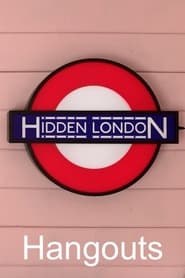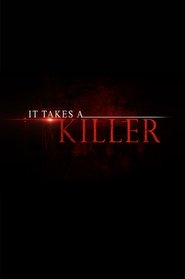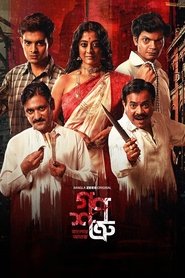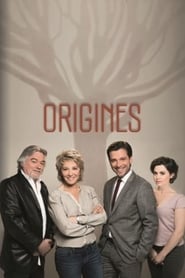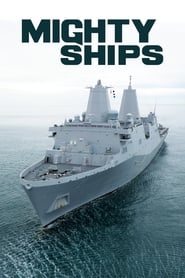Popular Documentary TV Series - Page 178
-
Stephen Hawking's Universe
1997
star 5.8A six-part astronomical documentary series featuring the theoretical physicist Stephen Hawking. -
Charity Jam
2005
Charity Jam
2005
-
أم الدنيا
2022
أم الدنيا
2022
-
63 Up
2019
63 Up
2019
star 7.8Over nearly six decades, the series has documented the group as they have become adults and entered middle-age, dealing with everything life has thrown at them in between. Now, as the group reach retirement age, the series is back to discover what they are doing… -
Charley Boorman's Extreme Frontiers
2011
star 3.3Charley Boorman travels the world on his trusty BMW GS Adventure motorcycle. -
Last Chance to See
2009
Last Chance to See
2009
star 7A follow-up to the 1990 Radio 4 series in which the late Douglas Adams and Mark Carwardine travelled around the world in search of endangered species. 20 years later Stephen Fry and Mark Carwardine go back to see what has become of the animals in two decades, and to discover what has affected their fortunes. -
Chef's Table: Pizza
2022
Chef's Table: Pizza
2022
star 7Dig into the best pizzas from around the world, prepared by renowned chefs who bake passion, creativity and hard work into every slice. -
Hidden London Hangouts
2020
Each week, join Chris Nix, Siddy Holloway and Laura Hilton-Brown from the Museum’s Hidden London team and host Alex Grundon as they explore the secret and mysterious spaces of London’s transport system. In series 1, the team focus on the different sites in the Hidden London tour programme, sharing historical titbits that are revealed on the tours as well as the behind the scenes processes they go through to make the tours such as success. In series 2 and 3, the team turn their hands to a huge number of various transport topics such as moquette, tiling, Johnston type face, posters and much, much more! -
Heaven's Gate: The Cult of Cults
2020
star 6.9What started in 1975 with the disappearance of 20 people from a small town in Oregon, ended in 1997 with the largest suicide on US soil and changed the face of modern New Age religion forever. This four-part docuseries uses never-before-seen footage and first-person accounts to explore the infamous UFO cult that shocked the nation with their out-of-this-world beliefs. -
It Takes a Killer
2016
It Takes a Killer
2016
star 6.8Some of the world’s most notorious murders are the subject of “It Takes a Killer,” which investigates the crimes from the perspective of the killers, trying to get inside their minds and determine their motives. Leading homicide investigators and experts from such agencies as the FBI and Scotland Yard take a look at the evidence pulled from crime scenes and profile the killer’s behavior to try to piece together the details of each murder, explaining when, why and how each criminal committed the crime. For the wannabe detectives watching the show, the experts also reveal how the crime was solved — which often requires authorities to think like a killer. -
Ganoshotru
2025
Ganoshotru
2025
A crime series that chronicles the lives and reigns of five of West Bengal's most feared public enemies - villains, whose terror once gripped different corners of the state. -
Insider
2014
Insider
2014
-
Origins
2014
Origins
2014
star 7A genealogist and a cop: a great team for uncovering the origins of the crime. On a murder case, genealogist Margot Laurent teams up with Arthur Du Plessis, a young and self-assured cop. Who committed the murder? And why? A murder always has its dark side: a fabricated family history that becomes an urban legend. And who can claim that their family has no secrets? Margot and Arthur strip away the hidden mysteries to shed light on the murder. Arthur is the no-nonsense one, here to arrest the culprit, while Margot, the genealogist, is more interested in the past, in the prehistory of the murder, in what prefigured the tragedy before it happened. Between them, Margot and Arthur bring the events into focus. Here lie hidden family traumas, stories sometimes ignored by those who must endure the aftermath, which give multiple layers to the whodunnit. -
Catalyst
2014
Catalyst
2014
Catalyst is Australia's premier science investigation series. Each week the team brings you stories from Australia and around the world, meeting scientists at the forefront of discovery. -
Mighty Ships
2008
Mighty Ships
2008
star 7.5Mighty Ships is a documentary television program produced by Exploration Production Inc. in Canada. It is aired on Discovery Channel Canada and also broadcast around the world. The series follows various types of vessels on a journey, showing viewers how the ship and its crew operates. This series was started after the success of a one off special on the Discovery Channel entitled Mighty Ships: Queen Mary 2. -
Whatever You Want
1997
Whatever You Want
1997
-
Dear Japan
2022
Dear Japan
2022
Amid the issues that regional communities face, local people are rethinking about traditional values and exploring new ways to live together beyond generations. This is a travel documentary visiting affectionate lives of this country. -
First Person
2000
First Person
2000
star 8.5First Person was an American TV series produced and directed by Errol Morris. The show engaged a varied group of individuals from civil advocates to criminals. Interviews were conducted with "The Interrotron", a device similar to a teleprompter: Errol and his subject each sit facing a camera. The image of each person's face is then projected onto a two-way mirror positioned in front of the lens of the other's camera. Instead of looking at a blank lens, then, both Morris and his subject are looking directly at a human face. Morris believes that the machine encourages monologue in the interview process, while also encouraging the interviewees to "express themselves to camera". -
Terra Max
2012
 Netflix
Netflix
 Amazon Prime Video
Amazon Prime Video
 Apple iTunes
Apple iTunes
 Apple TV Plus
Apple TV Plus
 Disney Plus
Disney Plus
 Google Play Movies
Google Play Movies
 Paramount Plus
Paramount Plus
 Hulu
Hulu
 HBO Max
HBO Max
 YouTube
YouTube
 fuboTV
fuboTV
 Peacock
Peacock
 Peacock Premium
Peacock Premium
 Amazon Video
Amazon Video
 The Roku Channel
The Roku Channel
 AMC+
AMC+
 Kocowa
Kocowa
 Hoopla
Hoopla
 The CW
The CW
 Vudu
Vudu
 Starz
Starz
 Showtime
Showtime
 PBS
PBS
 Pantaflix
Pantaflix
 FXNow
FXNow
 Tubi TV
Tubi TV
 Kanopy
Kanopy
 Comedy Central
Comedy Central
 Crunchyroll
Crunchyroll
 Microsoft Store
Microsoft Store
 Redbox
Redbox
 Sun Nxt
Sun Nxt
 ABC
ABC
 DIRECTV
DIRECTV
 Crackle
Crackle
 Fandor
Fandor
 Plex
Plex
